There is a growing movement among Indigenous cultural practitioners that advocates for the adoption of a vegan diet (or plant-based diet). Often times, the claim is made that our Indigenous ancestors maintained a vegan diet in pre-columbian times.



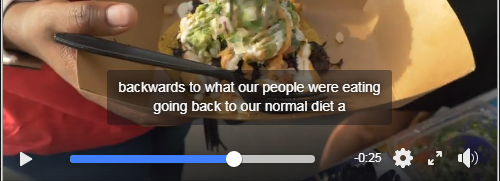

This blog entry is devoted to a) identifying the pre-Columbian diet that existed in Mexico, b) analyzing the nutritional value of this diet and c) exploring the claim that this diet was vegan or plant-based.
The Sources
To begin the primary sources we have available to us are frustratingly scant in details about actual meals that were eaten in Pre-Columbian times. For example, although we know our ancestors didn’t drink animal milk (because they were lactose intolerant and physically couldn’t even if they wanted to. Many of us today have inherited this genetic trait.), we don’t know what they used if they wanted to acquire a milk-like drink. We also don’t know what they used in place of eggs, butter, cheese, and cream (if anything). The actual foods that were eaten however are very well-documented. We can therefore use this information to reconstruct the Pre-Columbian diet pretty accurately although it is more difficult to know exactly how these foods were combined together to construct meals. Most likely these meals closely resembled modern day dishes found across Mexico minus the foreign ingredients (or substituted with a Native animal such as deer or turkey for example instead of pork or beef).
The Codex Mendoza
The second part of the Codex Mendoza contains a very important section that details the tribute sent to Tenochtitlan from various altepetls throughout the solar year. Many items such as feathers and gold are included in the tribute list. Fortunately for us, food is also listed. Various food items such as honey and cacao were sent to Tenochtitlan but four food sources were clearly the most important: corn, beans, chia, and amaranth. They were clearly the most important because these foods appear in the tribute list the most frequently and also volume-wise they are the most numerous (they were sent in large bins compared to ‘little jars of honey’ for example).
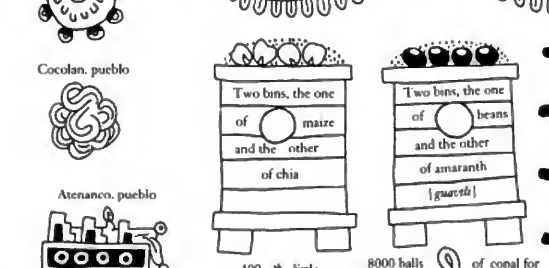
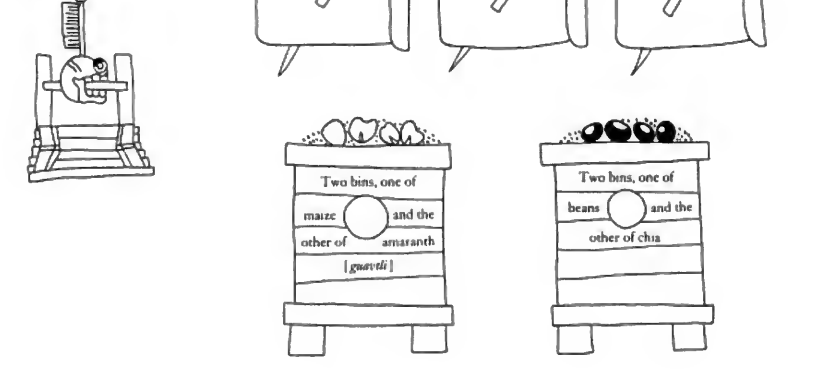

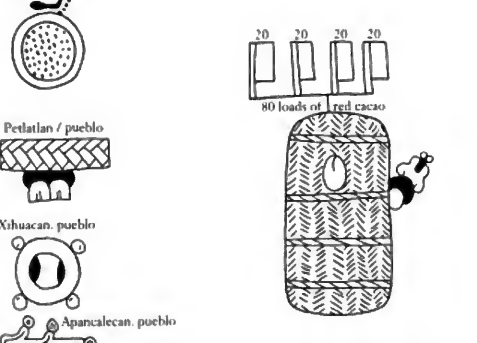
The Florentine Codex
If we reference only the Codex Mendoza tribute list it would appear that Mexicans were indeed vegan in pre-Columbian but the Florentine Codex tells a different story. Book 11, is devoted to Earthly things, is one of the largest books in the series, and details all of the different foods eaten by Mexicans in pre-Columbian times. It is a very exhaustive list and fortunately it also details which plants and animals were eaten. To summarize, Mexicans ate pretty much any plants, animals, and insect they deemed to be edible. Of the rabbit, it is written for example “it is good-tasting, savory, healthful, the best.” Of the wild turkey, it is written “it is edible, savory, good-tasting, fat.” Anyone familiar with modern Indigenous cuisine will not be surprised that insects were also consumed in pre-Columbian times. Black ants were said to be “eaten, savory, and cooked in an olla” and the maguey worms were said to be “edible, savory, good-tasting.”
Based on the food descriptions that are detailed in Book 11 it appears as though fish and turkey were likely the most widely consumed animals in pre-Columbian times. Fish because of the various bodies of water in and around Mexico and turkey because it was one of the species of animal that was domesticated. Intentionally bred to be large (compared to its wild counterpart) to maximize the amount of meat on its bones unintentionally led to the loss of flight and the domestic turkey was further fattened up on a diet of “corn, tortillas, tamales, chili, and greens.” Indeed, the Nahua authors of Book 11 proclaim “the turkey leads the meats; it is the master. It is tasty, fat, savory” and go on to explain that the turkey was actively raised in homes across Mexico.
At the end of book of the Florentine Codex there appears a very important section that details “our sustenance.” Five foods appear on this list: squash, beans, corn, amaranth, and chia (for brevity’s sake these five foods will be referred to as ‘our sustenance’). This conveniently substantiates the foods that appear in the Codex Mendoza tribute list above. Whenever Nahuas write about “our sustenance (tonacaiotl),” they quite literally mean to say these are the most essential foods that keep everyone alive and not only alive, but also healthy, or using an indigenous concept, full of tona.
Our Sustenance
In the table that follows, you will find a breakdown of every single micronutrient and macronutrient that the human body needs that are provided by squash, beans, corn, amaranth and additionally, fish. Altogether, the calories from these food are a little over 2,000 calories, the amount of food energy a typical sedentary human needs to eat to maintain their current weight. The last page of the table shows the totals for the plant-based version and the final total after the addition of fish.
[table id=4 /]
Nutritional Analysis of Our Sustenance
A quick glance at the table above shows that squash, beans, corn, and amaranth alone account for almost all of the nutrition our bodies need. No wonder so many of our native foods have been declared “super foods”!
Fat-Soluble Vitamins
Vitamin A, D, E, and K are very important vitamins that are stored in the body. According to the table above, ‘our sustenance’ provides 65%, 0%, 14%, and 69% of our suggested daily intake. Your first instinct reading that is probably that the numbers seem low. Well, they are, and when it comes to fat-soluble vitamins that is actually a good thing because ingesting too much can easily lead to toxicity and several unpleasant symptoms including death. Vitamin D is produced in the body with the help of sunlight so as long as we get enough sun, this is not a problem that it is not ingested in food. In addition, these low levels can be easily boosted with the addition of vitamin A, D, E, and K-rich foods such as avocados and sweet potatoes. For example, eating one avocado a day adds 4% of the suggested daily value of vitamin A, 16% of the suggested daily value of vitamin E, and 39% of the suggested daily value of vitamin K.
Water-Soluble Vitamins
The remaining vitamins in the table are present in very high amounts with Vitamin C the highest at 368%. This type of vitamin is not stored in the body and any excess is expelled in urine. Therefore, in contrast to fat-soluble vitamins, the risk of toxicity is not a concern.
Protein
A common claim by vegans is that plants produce enough protein to sustain the human body. Based on the analysis of ‘our sustenance’ in the table above before the addition of fish, we can see that 143% of a person’s daily required protein is provided. This is a very high number for plant-based foods and is one example of the power of our ancestral foods. A common counterargument proposed by meat-eaters is that although plants do contain protein, they have incomplete amino acid profiles. Amino acids are very important because they combine together to make new protein in the body. Without an adequate supply of each amino acid, the new protein will not form. A glance at the amino acid profile of both corn and beans however quickly dispels this notion. The plant-based diet of ‘our sustenance’ provides more than enough protein and also contains a complete amino acid profile.
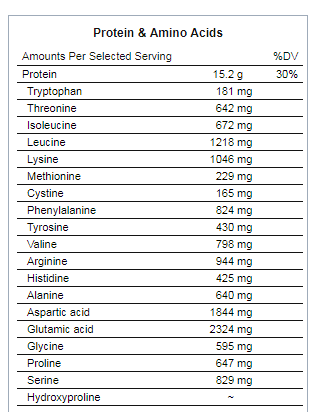
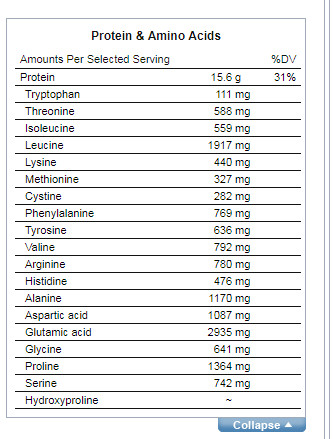
Omega 3s
Omega 3 is a type of fat that has recently been discovered to have a myriad of functions in the human body. Consumption of Omega 3 is not as straightforward as the previous macro nutrients and vitamins because to be helpful it needs to be consumed in an amount that is higher than that of Omega 6, another type of fat. Compounding this problem is the fact that very few foods world-wide contain a large amount of Omega 3s while many contain an abundance of Omega 6s. The typical Western diet for example maintains an Omega 6 to Omega 3 ratio of about 15/1. This is a terrible ratio that greatly contributes to cardiovascular disease, various cancers, and a multitude of inflammatory and autoimmune diseases. Studies have shown that successful reduction of this ratio to 4/1 decreases the chance of death by a staggering 70% (source: https://pubmed.ncbi.nlm.nih.gov/12442909/)! In the nutritional analysis above with and without the addition of fish, the Omega6/Omega 3 ratio of our ancestral diet is about 1/2. This is an extraordinary ratio that would be very hard to find in other places of the world. Based on this ratio alone (and taking into account that many of the other foods our ancestors ate such as peanuts have high Omega 6 and low Omega 3 content) we can safely conclude that our ancestors probably maintained extremely low rates of diet-related cardiovascular, cancer, and inflammatory and autoimmune diseases.
Vitamin B12
Up to this point, a compelling case can be made that our ancestral plant-based ‘our sustenance’ diet proves our ancestors didn’t need to eat meat. Referring again to our nutritional analysis table above, the plant-based ‘our sustenance’ diet contains 0% of the B12 our body needs whereas the addition of fish increases that number to 99%. A Vitamin C deficiency leads to scurvy which causes bleeding gums, bruising, and fatigue. A Vitamin A deficiency leads to dry skin, frequent infections, and eventually blindness. A Vitamin B12 deficiency leads to irreversible brain and nerve damage and left untreated can trigger irreversible early onset dementia. All of these symptoms are scary for sure but the permanency of the Vitamin B12 deficiency stands out. Now that we are on the same page about how important this vitamin is, it needs to be understood that despite numerous claims on social media, Vitamin B12 can only be produced by animals. To be more precise, its not actually produced by animals but by the bacteria that live in the stomachs of animals. When the animal is killed and eaten, we reap the benefits by ingesting the B12 into our bodies.
Claims have been made by vegans that various foods such as seaweed and the spirulina grown (the Nahuatl word for sprirulina is tecuitlatl or rock shit) by our ancestors in Tenochtitlan contain B12. These foods however have been shown to contain pseudovitamin B12 which is very similar chemically to the vitamin b12 but can’t be used by the human body. B12 supplements do exist, the best of which come in the Cyanobalamin form. Theoretically, it is possible to maintain a plant-based diet similar to the one discussed at length here with the addition of B12 supplements and be completely healthy. Many people who are in the process of decolonizing their diets manage this successfully. It is very important to note that supplements come in massive doses of B12. For example, one brand contains 3,000 mcg of Vitamin B12 in each tablet whereas the daily recommended dose of Vitamin B12 for humans is only 2.4 mcg. This is because the human body only absorbs Vitamin B12 at an efficient rate when it is present in the meat of an animal. Everybody is different and some people may not be able to acquire the required amount of B12 even with heavy supplementation. I recommend that if you are attempting a vegan diet to get your B12 levels checked regularly to ensure a deficiency does not develop. It is also important to note that our bodies can store high amounts of B12 in our liver for up to three years and like other water soluble vitamins, intaking very high amounts of B12 cannot harm you (any excess will be expelled in urine).
Conclusion
Analysis of our ancestral diet, tonacaiotl “our sustenance,” shows that it is highly nutritious especially when compared to the Western diet many Indigenous people consume today. A review of the primary sources available to us show the claim that our ancestral diets were vegan is unsubstantiated and our ancestral diet was instead composed of various plants, animals, and insects. Unfortunately there is not enough data to reach a definitive conclusion, but it is possible (because of how b12 is stored in the liver) that our ancestors maintained a plant-based diet most of the time and ate meat sparingly. In conclusion, we should strive to decolonize our diets, reclaim the foods that have been lost to us over time, and take pride in the foods that have survived in our diets to the present day.
Want to get started with an Indigenous plant-based diet? Check out Luz Calvo’s recipe book Decolonize Your Diet:
Nutritional Analysis Sources:
- https://nutritiondata.self.com/facts/finfish-and-shellfish-products/4029/2
- https://nutritiondata.self.com/facts/legumes-and-legume-products/4284/2
- https://nutritiondata.self.com/facts/cereal-grains-and-pasta/5687/2
- https://nutritiondata.self.com/facts/nut-and-seed-products/3061/2
- https://nutritiondata.self.com/facts/vegetables-and-vegetable-products/2639/2
- https://nutritiondata.self.com/facts/cereal-grains-and-pasta/10640/2
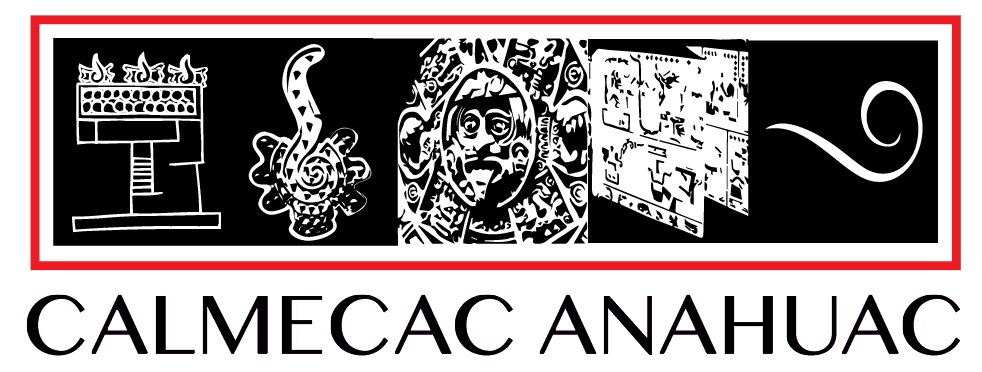
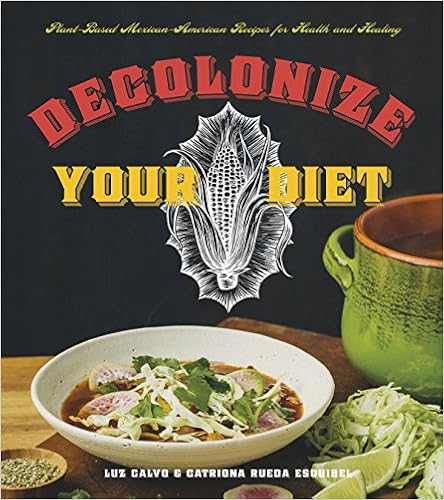

Permalink
Hello, and thanks for the blog post. I think it’s great that people are questioning the diet that capitalism works so hard to impose on us, and that they are looking to their ancestors for ethical options for alternative diets.
I agree that the precolombian diet was essentially plant-based, just like most of the diets of the world’s non-elites are and have been for millennia, although I also think it’s pretty clear that our people ate (eat) meat as well.
At any rate, I was a little surprised you didn’t mention that algae spirulina that is hailed as a “superfood” for its nutritional profile and that was known to grow in the Lago de Texcoco and used by the Mexica and likely other groups.
This page from the Mexican government talks about how it was baked into cakes called “ tecuitlatl,” which they translate as “el queso de la Tierra”:
“Nativa de los lagos de Texcoco, Zumpango, Xaltocan y Tenochtitlan, del Valle de México, la espirulina, del género cianofitas, se sigue consumiendo por su alto contenido proteico, entre 65 y 70%. Los aztecas la preparaban en un pan verde-azul, el queso de la tierra o tecuitlatl.”
(https://www.gob.mx/semarnat/articulos/algas-de-mexico-en-aguas-dulces-marinas-y-salobres-en-suelos-rocas-arenas-vegetales-y-animales)
I’m not sure in which (if any) codices or other writing tecuitlatl is mentioned. Would you happen to know?
Permalink
Hi Rockero,
Spirulina is definitely listed in the sources, just not as a main staple. Although it is rightfully classified as a superfood due its strong protein, iron, and mineral profile, many of the benefits it provides are already covered by the main staples discussed in the blogpost. It was most likely sold at the market at Tlatelolco but its consumption would not have been widespread compared again to the main staples.
Permalink
Yeah it seems like spirulina probably would have been difficult to obtain outside of the lake areas, but I don’t know how much we can rely on records of tribute payments to get a sense of the average daily diet.
The staples you mention from the codices that are rendered as tribute, while no doubt staples, were necessarily used as tribute due to their ability to be stored and transported dried and thereby protected from rot.
That’s the same reason they are good as staples—they can be stored and eaten even when not in season.
But usually folks add to these staples whatever is in season—fresh vegetables and probably lots of quelites. Just my thoughts.
Permalink
Hi I am Raramuri blood from chihuahua & I have rape european blood also but I claim Mexica
I only eat fruit & I actual was able to accomplish this by following our people diets
I was able to advance our past diets to an only fruit diet & I learned that VITAMIN B12 Is not present in any food like you stated & that its created by mecro organisms in our gut
WHAT I Learned was that COBALT the mineral Is the catalyst for the production of B12 in our guts
We Just need to Eat The Fruits With Cobalt
you can usually know which have cobalt by the color of the fruit,
Purple/Hot Pink & Blue
Fruits Usually Contain this Cobalt & I Think also Green might as well but this is an assumption
I have been only eating fruit for 5 years now & I excel in practically everything I do,
I think im just misunderstood by Others because of their wrecking ball like conditions just Destroying everything in their paths
so when they see me Save everything in my path & care for nature
there is usually a concern for them raising the question of why im taking too long or something of the likes & its usually because Im being careful rather than careless,
This confuses people & it makes them very impatient, because they dont have the conditional ability to care & be patient,
This scares me some times because i feel like im has n a world dominated by insane people
And so just to leave on a good note to prove our ancestors were actually Fruit based not plant based,
I Outran a marine & was first to finish our PT evaluation
(I have no prior Armed forces or law enforcement training)
& I can run for 12 hours with minimal rest
This is me on an only fruit diet
which i strongly believe is our peoples original diet habits,
I will continue to help our culture reclaim our true identify
#CHINAMPASnotSLAUGHTERHOUSES
Permalink
Great article. The Popol Vuh mentions that some people kept an austere vegan diet, at least for periods of time.
Regarding the vitamin B12, it has been proven that it’s found in the earth, so avoiding washing the veggies much (which is probably what they did) could provide for it, as hard as it may sound.
Permalink
Where in the Popol Vuh is this mentioned?